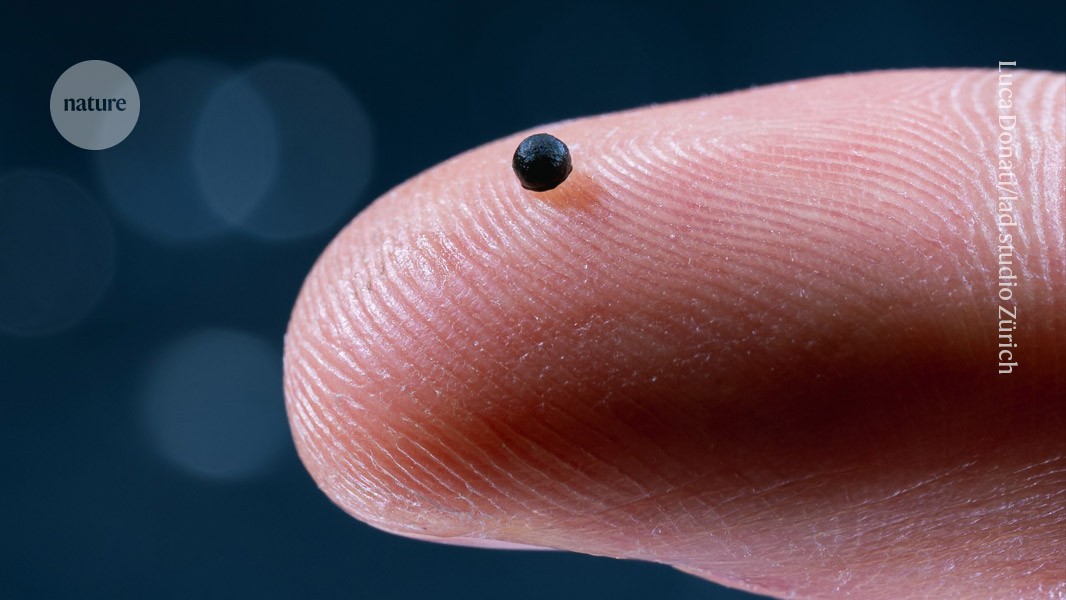
"A remote-controlled robot the size of a grain of sand can swim through blood vessels to deliver drugs before dissolving into the body. The technology could allow doctors to administer small amounts of drugs to specific sites, avoiding the toxic side effects of body-wide therapies. The microrobots - guided by magnetic fields - work in blood vessels in pigs and sheep, researchers showed in a paper published in Science on 13 November."
"Around one-third of developed drugs that fail to come to market do so because they're too toxic, says Nelson. The team says the microrobots would allow smaller amounts of drugs to be given directly to the affected areas, thereby reducing potential side effects. The technique could be used to target stroke-causing blockages or brain tumours. "The demonstrations are compelling but still preclinical," says Wei Gao, a medical engineer at the California Institute of Technology in Pasadena, whose team has developed an alternative robotic drug-delivery system. But if further studies proceed smoothly, remote-controlled drug-delivery robots could be used in the first medical applications within five to ten years, he says."
Microrobots the size of a grain of sand can swim through blood vessels and dissolve after delivering drugs to targeted sites. Magnetic guidance enables steering of gelatin beads loaded with drugs and magnetic iron oxide nanoparticles. These devices have operated in pig and sheep blood vessels, demonstrating functionality in roughly human-sized bodies, and all components have shown biocompatibility. Targeted local delivery permits smaller drug doses at affected areas, reducing systemic side effects and enabling treatment of stroke-causing blockages or brain tumours. The approach remains preclinical, with potential clinical application in five to ten years if further studies succeed.
Read at Nature
Unable to calculate read time
Collection
[
|
...
]